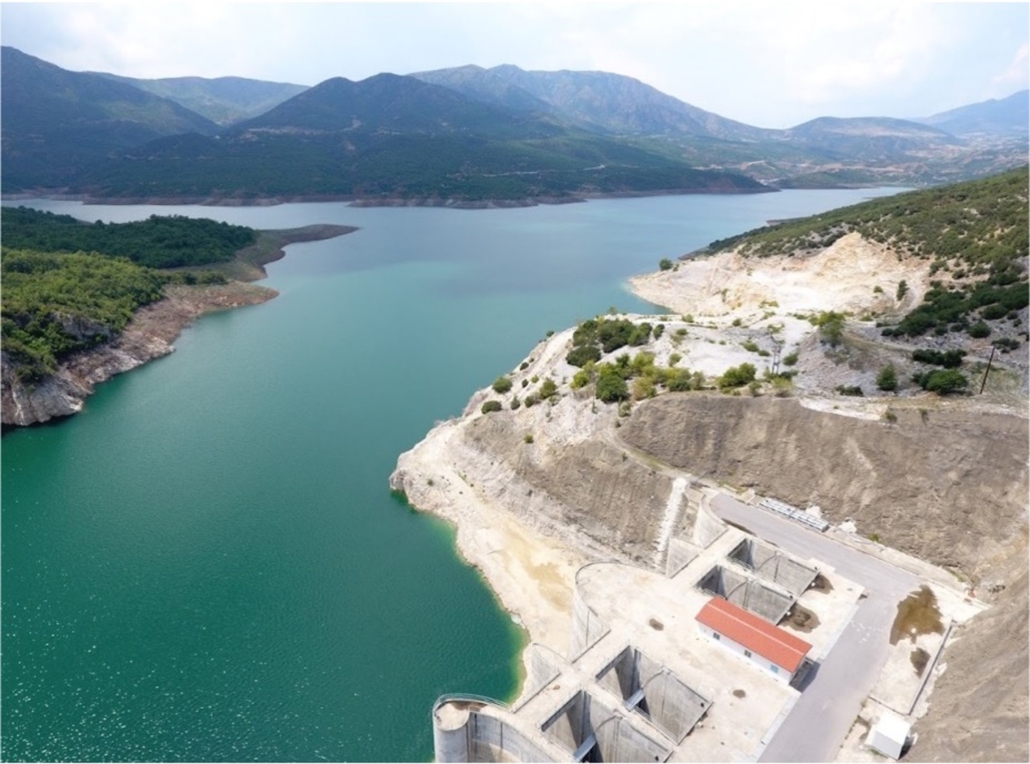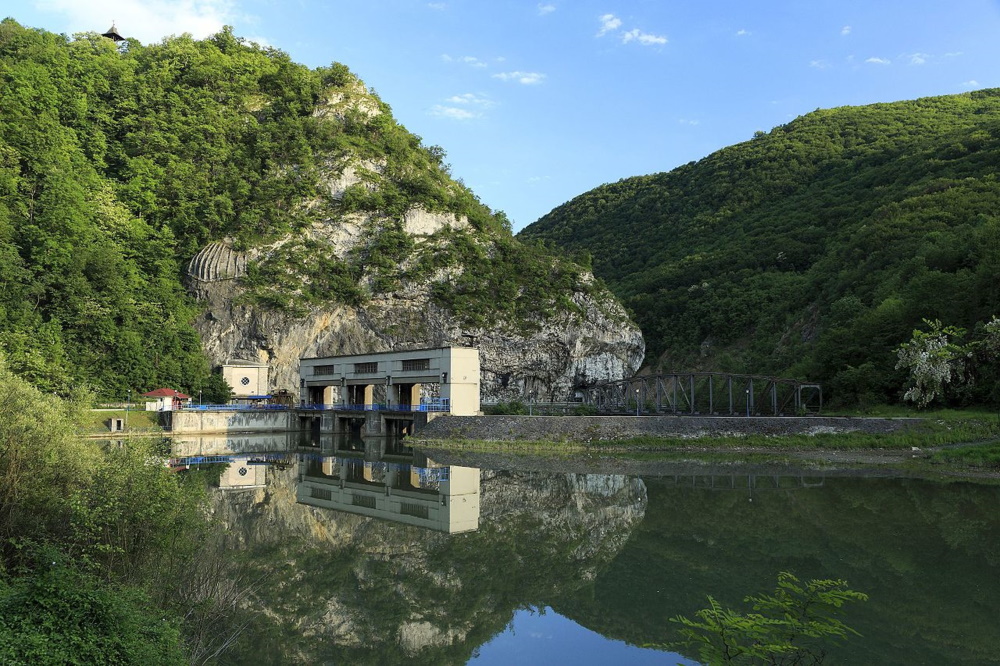A platform combining cybersecurity and interoperability
The Télécom SudParis team was initially sought to respond to the platform’s cybersecurity needs, but it soon identified additional needs in terms of interoperability – in other words, the system’s functionality to exchange data and facilitate information-sharing. The subject emerged naturally when it became clear how many kinds of data would be needed to supply AI models and the wide range of actors involved – both in terms of their activity and their location – in the Di-Hydro project.
“As I was involved in the initial discussions and have significant experience in building IoT systems, I explained to the project coordinator the data exchange requirements in this domain,” says Georgios Bouloukakis. “Consequently, they suggested that I oversee this aspect of the project.” His work intersects with that of his colleague from Télécom SudParis, Joaquim Garcia Alfaro, cybersecurity researcher and co-PI of Di-Hydro, around the development of this federated platform in a secured IoT context. The latter had to facilitate decision-making and experience-sharing between the various actors – within a single country or between different countries, while guaranteeing the security and confidentiality of each one’s data and models.
Digital twins and data standards
The first stage in building this platform was integrating “Digital Twins” of hydropower plants. Each physical site will therefore be represented digitally “based both on static data (rooms, hallways, etc.) and dynamic data, like a person’s entry into a room, supplied by IoT devices,” says Georgios Bouloukakis.
As he highlights, the problem is that even if AI models are trained by a hydropower plant provider, “each sensor provides its own data structure and each provider will supply data in a different format.” It is therefore essential to define a standard, common format with which each partner must comply, in order to make collaboration possible.
This standard will apply to all data, whether collected by existing sensors or future sensors to be integrated into the system. The partners responsible for developing new sensors will have to ensure that the data collected “comes out” in a format defined by the project. “Some partners may encounter difficulties complying with the selected format. In this case, we will help them by creating connectors to ensure the ‘liaison’ of this non-standard data,” says Georgios Bouloukakis.
Machine Learning to consolidate models
The aim of the platform is to offer new solutions through a distributed, non-centralized decision-making algorithm. At first, multiple AI models will be trained independently, using local data. To consolidate these advancements, IMT scientists will leverage their prior expertise in selective sharing mechanisms and ‘federated software architectures’.
This AI approach might involve developing a global model that consolidates multiple models trained on local data – in this case, data gathered at various plants. The ‘federated’ models can then be simulated for decision-making at multiple levels.
Sharing all this standardized data could also make it possible to complete missing data. “We anticipate a degree of variability in the data across different plants, with some able to provide certain data while others cannot. Thanks to this research and the tools under development, we aim to address these data gaps,” says Georgios Bouloukakis. The ultimate goal is to constantly gain greater understanding of these systems, for well-functioning, optimal and sustainable hydropower plants.








